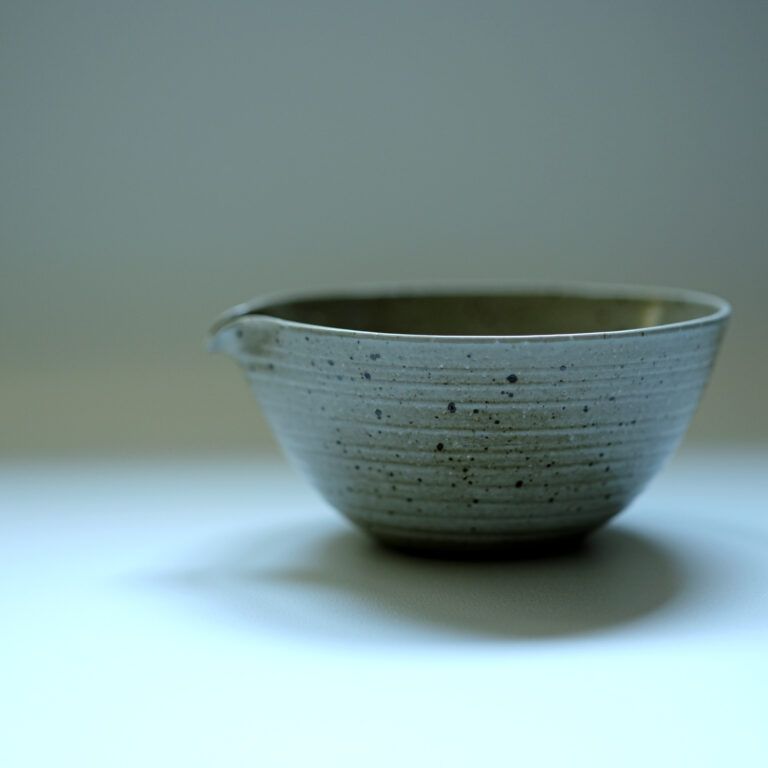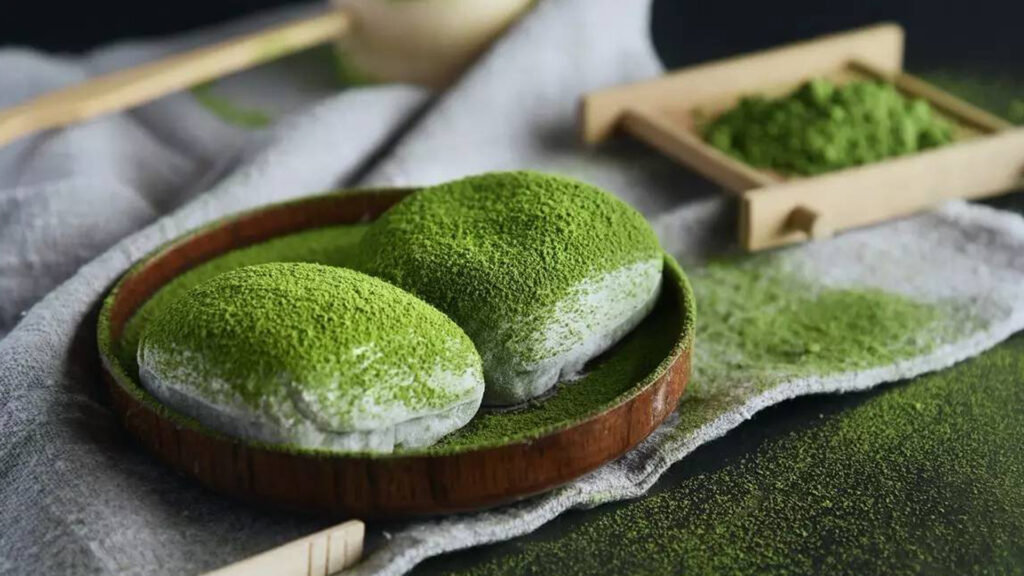
The Origins of Matcha (抹茶 Mǒchá)
Matcha traces its beginnings to Tang Dynasty China (7th–10th century), where tea leaves were steamed, compressed into cakes, and later ground into powder for brewing. However, it was in Japan during the late 12th century that the powdered-tea practice took on its refined form.
The monk Eisai (荣西) introduced tea seeds and the method of powdered tea preparation from China to Japan after his studies at Chinese Zen monasteries. This practice intertwined with Zen Buddhism, where powdered tea became part of meditation rituals, laying the foundation for the Japanese tea ceremony (茶道 Sadō / Chadō).
By the Muromachi period (14th–16th century), matcha had grown beyond monasteries into the cultural elite, shaping Japanese aesthetics, architecture, and philosophy through chanoyu (the Way of Tea). The tea ceremony, cultivated by masters such as Sen no Rikyū, emphasized simplicity, harmony, and respect — values still embedded in matcha culture today.
Matcha’s Unique Cultivation
Unlike other teas, matcha is produced from shade-grown tea plants (覆い下栽培 Oi-shita saibai), primarily tencha (碾茶) made from the Camellia sinensis var. sinensis tea plant. The shading increases chlorophyll and amino acids (especially L-theanine), giving matcha its vivid green color and umami-rich flavor.
Matcha is one of the most iconic teas from Japan, deeply tied to Zen Buddhism and the traditional tea ceremony (茶道 Sadō/Chadō). Unlike most teas, Matcha is not steeped but consumed as a finely milled powder, meaning you ingest the entire leaf — rich in nutrients, chlorophyll, and umami. Its vibrant green color and creamy, frothy texture have made it both a traditional treasure and a modern global phenomenon.
The Process of Matcha:
Matcha’s Unique Qualities
In essence, Matcha is less about drinking tea and more about experiencing the leaf itself, transformed into a vibrant, meditative, and nourishing ritual.
